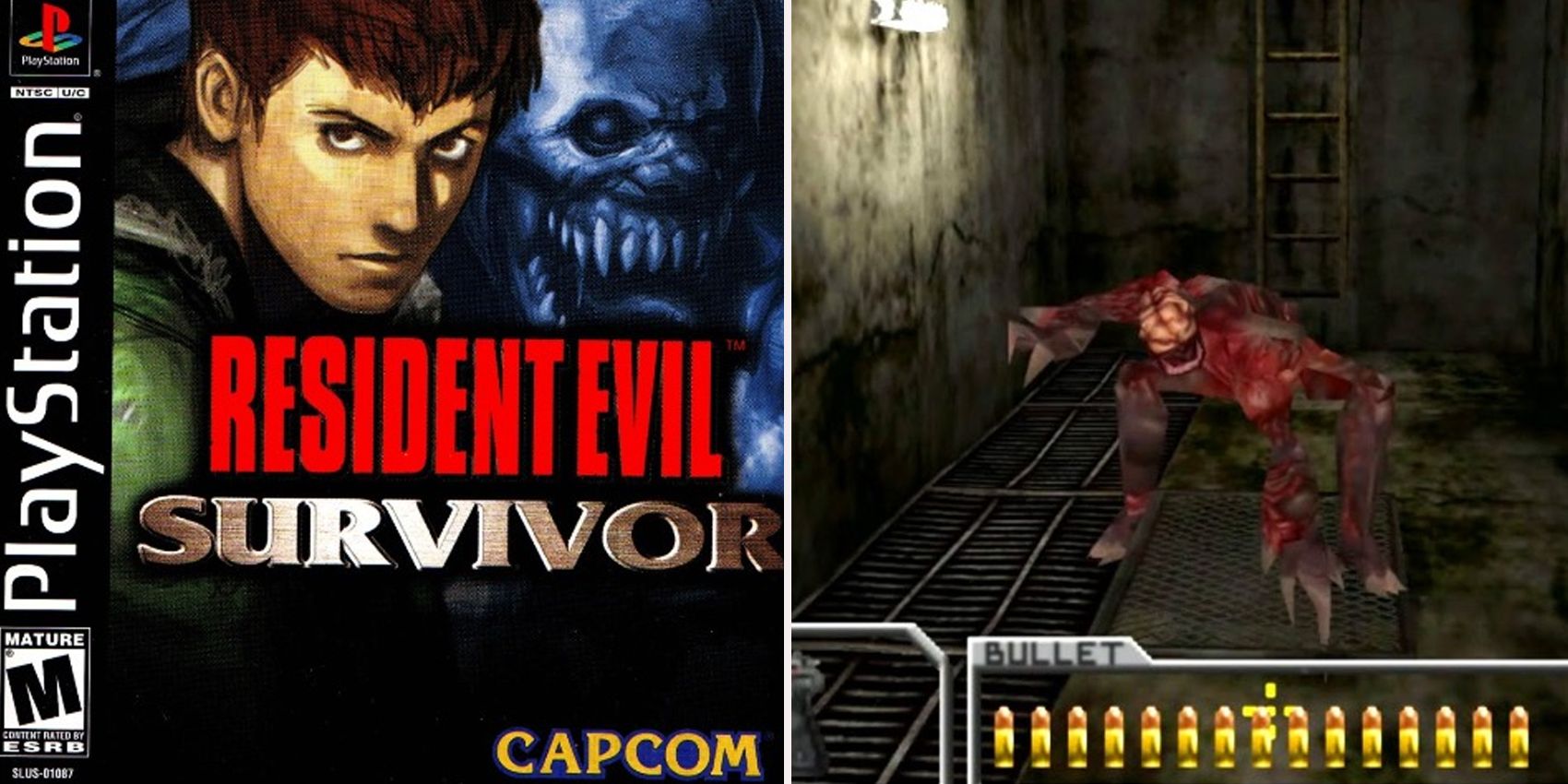
While fans of Resident Evil 7 anticipate the upcoming sequel to one of their favorite games, here are some of the Survival/Horror franchise's first-person-shooter precursors.
Over the last 5 years, the Resident Evil franchise has seen a massive spark in interest among gamers with the success of 2017s Resident Evil 7: Biohazard, followed by the remakes of Resident Evil 2 and Resident Evil 3: Nemesis shortly after. For many, Resident Evil 7 served as an entry point in the franchise for new players and returning fans who were surprised by the game's use of first-person narrative storytelling and unfamiliar characters.
RELATED: 10 Most Anticipated Horror Games of 2021
What players today may not remember, however, is that Resident Evil's 7th and 8th titles are not the first to utilize first person-shooter elements, nor go out of their way to tell a different story. From 2000-2003, there existed a spin-off series known as Resident Evil: Survivor (or Gun Survivor), created to recapture the nostalgia of arcade cabinet-inspired, on-rails shooter games (similar to House of the Dead). Here are some interesting facts about them!
7 There Were Three Survivor Games
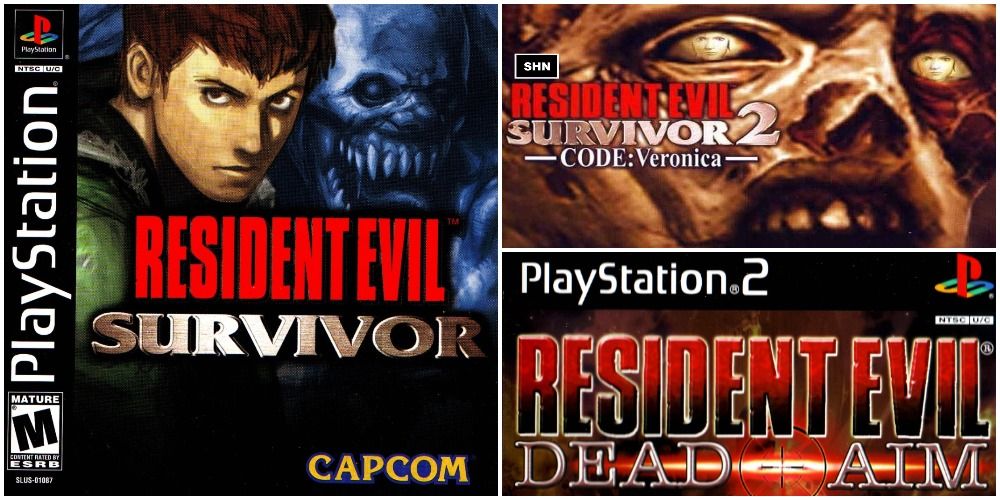
During the height of the original Resident Evil trilogy's fame in the 90s, Capcom developers aspired to build on some earlier first-person gameplay concepts that were designed for the first installment of the series. As a result, in January 2000, RE fans saw the release of a spin-off, Resident Evil: Survivor, on the PlayStation 1 (PS1), which would hit shelves in North America by August that same year, garnering worldwide mixed-to-negative reception.
Capcom moved forward with the at-the-time exclusive release of Resident Evil: CODE: Veronica in February 2000, and followed the critically-panned Survivor up with its 2001 sequel, Resident Evil Survivor 2: CODE: Veronica. While Survivor's sequel was also dismissed by critics, the final installment of the series, Resident Evil: Dead Aim, became something of a cult favorite for fans in 2003.
6 The First Was Developed By Nintendo Veterans
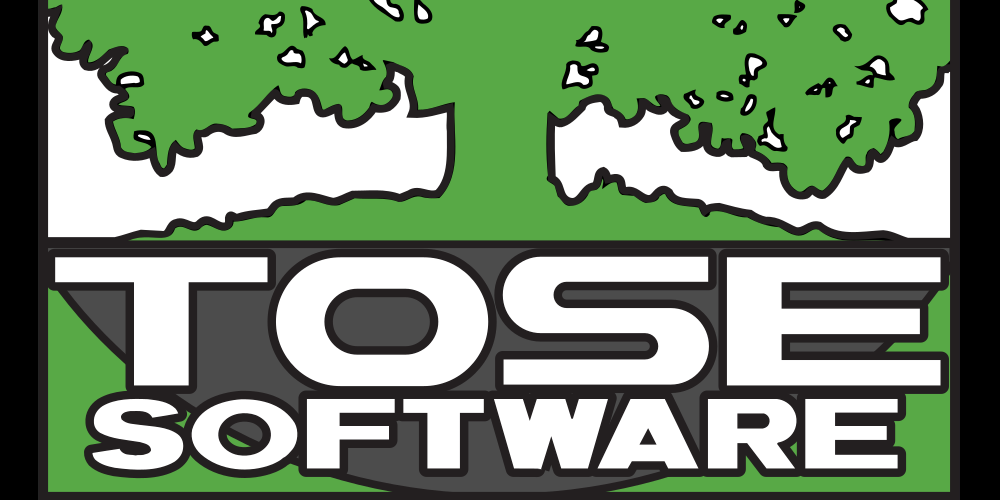
The first Resident Evil: Survivor was developed by Tose Company Limited (or Tose Co., LTD.), whose previous works included the Game & Watch Gallery series and Vanguard, a cult arcade shooter.
RELATED: GoldenEye 007 Beta Trailer Shows On Rails Shooter Gameplay
The Kyoto-based company is known for providing commissioned work on thousands of games of which they've received little-to-no credit, dubbing them a "ghost developer." Their most recently known work includes support on the Star Ocean series and the latest Paper Mario: The Origami King for the Nintendo Switch.
5 Their Canonical, Self-Contained Stories
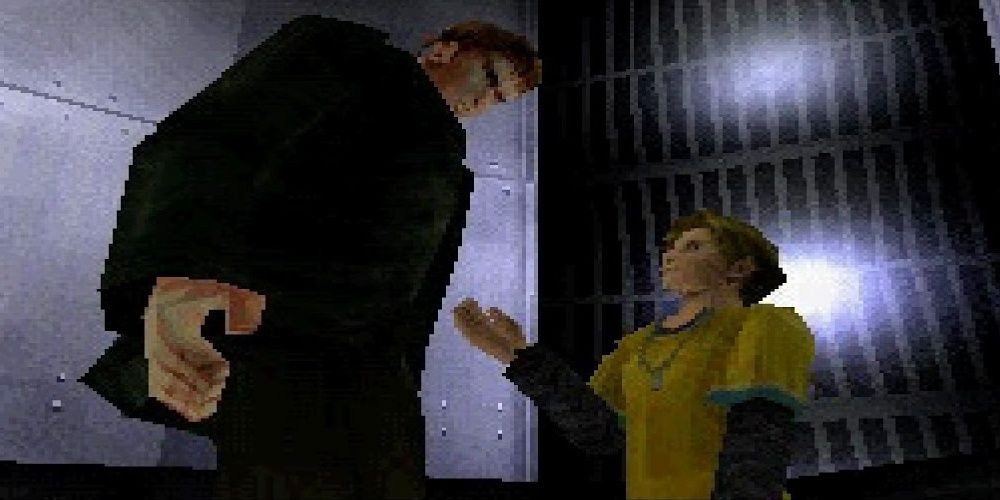
In the first of three Gun Survivor story campaigns, the player follows a helicopter crash victim, Ark Thompson, who loses his memory after the accident. When waking up, Thompson realizes he's in an uncharted territory known as Sheena Island, where he spends most of the game under the assumed identity of Vincent Goldman, a leading member of Umbrella Corporation's studies that included the eventual T-Virus outbreak.
RELATED: 10 Secrets About The Umbrella Corporation Fans Should Know
Survivor 2's story campaigned retold most of the same events from CODE: Veronica, with more focus on its arcade shooter format. Resident Evil: Dead Aim, however, gave players a brand new, third-person adventure (a progenitor of Resident Evil 4's behind-the-shoulder angle) that changed to first-person during combat encounters. The story follows US Task Force member, Bruce McGivern, as he investigates an ocean liner full of deadly zombies in pursuit of a bioterrorist named Morpheus D. Duvall, who threatens to bomb the world with T-Virus missiles if he is not paid a 1-billion-dollar ransom.
4 Recycled Assets From Resident Evil 1 & 2
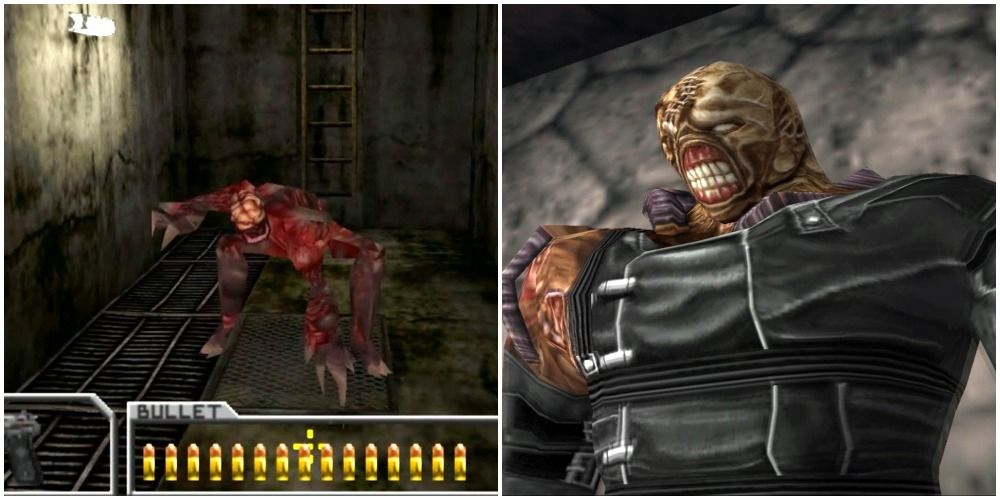
One of the first things players will notice while playing through the Gun Survivor series is the way it reuses familiar characters and settings from previous games. The first Survivor game, for example, even went so far as to recycle both zombie and creature designs, such as Lickers, Tyrants, and Hunters, from Resident Evil's first and second games.
RELATED: Call of Duty Warzone Fans Accuse Developers of Recycling Old Maps In New Updates
Resident Evil Survivor 2: CODE: Veronica used the original Nemesis enemy model from Resident Evil 3 for players to fight throughout the game as time begins to run out.
3 Home Console Light Gun and USB Mouse Compatibility
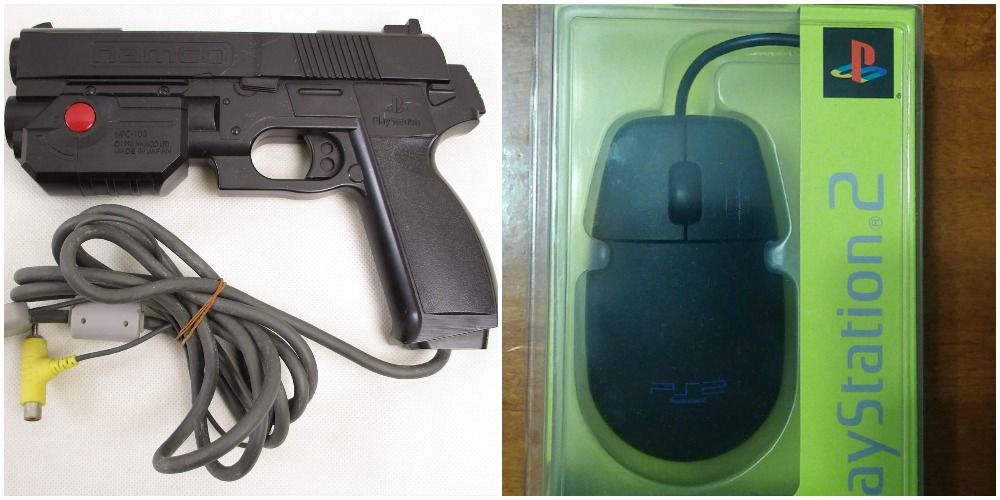
The first Gun Survivor game was released in 2000, being initially paired up with a light gun controller, in an attempt to give players the feeling that they could bring classic arcade shooters to their homes. After the infamous Columbine High School shooting in April 1999, however, Capcom would back out of selling their edition of the game's original light guns.
By March 2002, Gun Survivor 2's release would see Capcom revisit the idea of making a Resident Evil title with light-gun compatibility, selling various editions of the GunCon (or G-Con) light gun controller made by Namco (comparative to Activision's peripheral gun). In contrast, when Resident Evil: Dead Aim was released in the summer of 2003, various console owners turned to plug a computer mouse into the PlayStation 2's USB port to maximize cross-hair aiming while fighting enemies. This would later be considered an ideal way of playing through its story campaign.
2 Survivor 2's Different Gameplay Modes
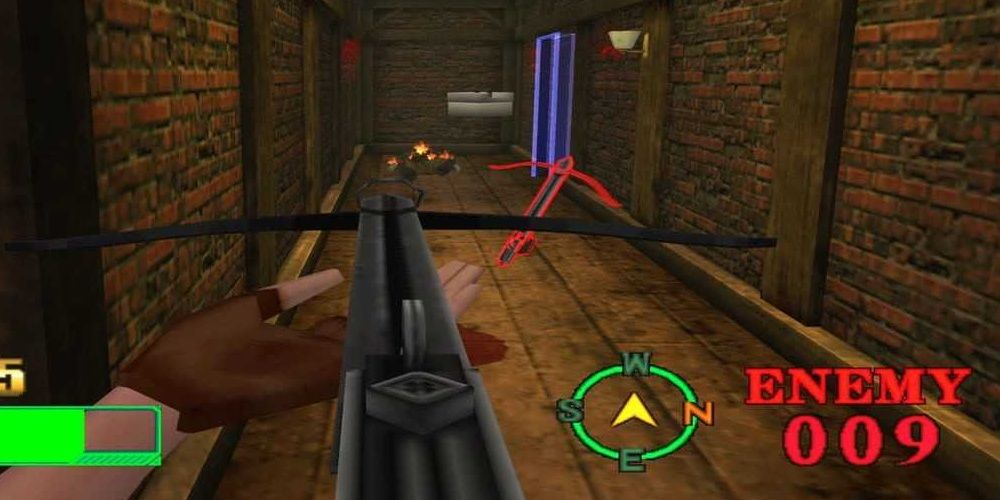
Similar to Resident Evil 2's zapping system, Survivor 2: CODE: Veronica, gives gamers the choice to play as either Raccoon City survivor, Claire Redfield, or Umbrella prisoner, Steve Burnside, who each have unique story moments for both campaigns. Other than offering unique story routes for each character, the game also gives players options to re-play the game with a fresh set of objectives in two separate modes called "Dungeon" and "Arcade".
In Arcade Mode, the goal is to flee Rockford Island, with the help of your AI companion. There is a timer set on each area that will prompt the players to act quickly. When time starts to run out, Nemesis will appear where they are and begin to fight them (with the same relentlessness fans expect from the monster). Dungeon Mode, however, acts as a Survival based version of the game, pitting the player against massive hordes of enemies to complete each section of the story with high scores.
1 They Helped Evolve The Umbrella and Darkside Chronicles Games
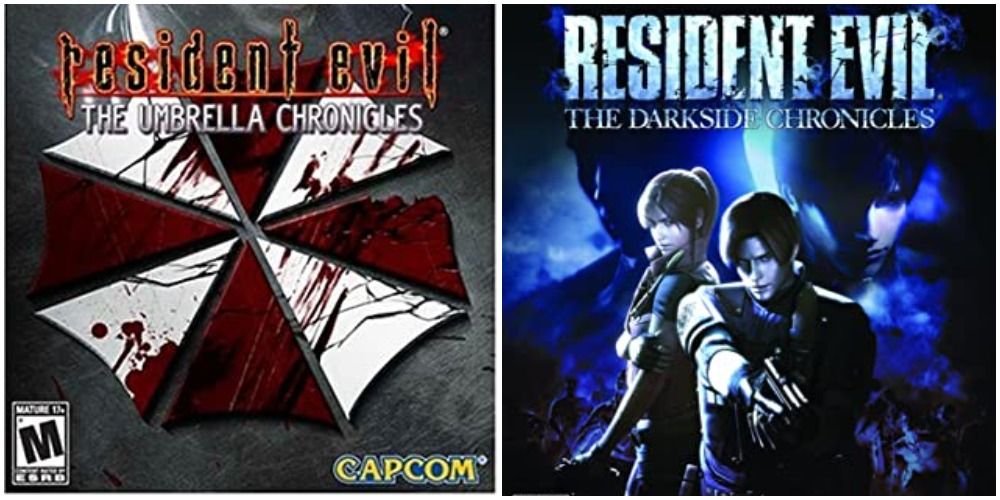
From 2007 to 2009, Capcom revisited the on-rail shooter genre with the acclaimed Resident Evil: Chronicles series for the Nintendo Wii. In each game, the player would use the Wii-mote to point and shoot at enemy AIs as they moved quickly through abridged re-tellings of the first three Resident Evil games, as well as their prequel, Resident Evil: Zero, and many more.
RELATED: Resident Evil 2 Remake: How to Find the Rebecca Photo Easter Egg
The games were praised by fans for having longer campaigns, fun gameplay, and impressive graphics during cut scenes as the stories unfolded, making them feel new again.
While Resident Evil: Survivor may not have been a hit among fans, but with the hype that is building around Resident Evil 8, one could say that, for as long as Capcom keeps gameplay off-rails, the fan's desire for a first-person story-driven campaign won't be going away anytime soon for this franchise.
NEXT: 10 Horror Games To Play While Waiting For Resident Evil 8 (That Are Not By Capcom)

